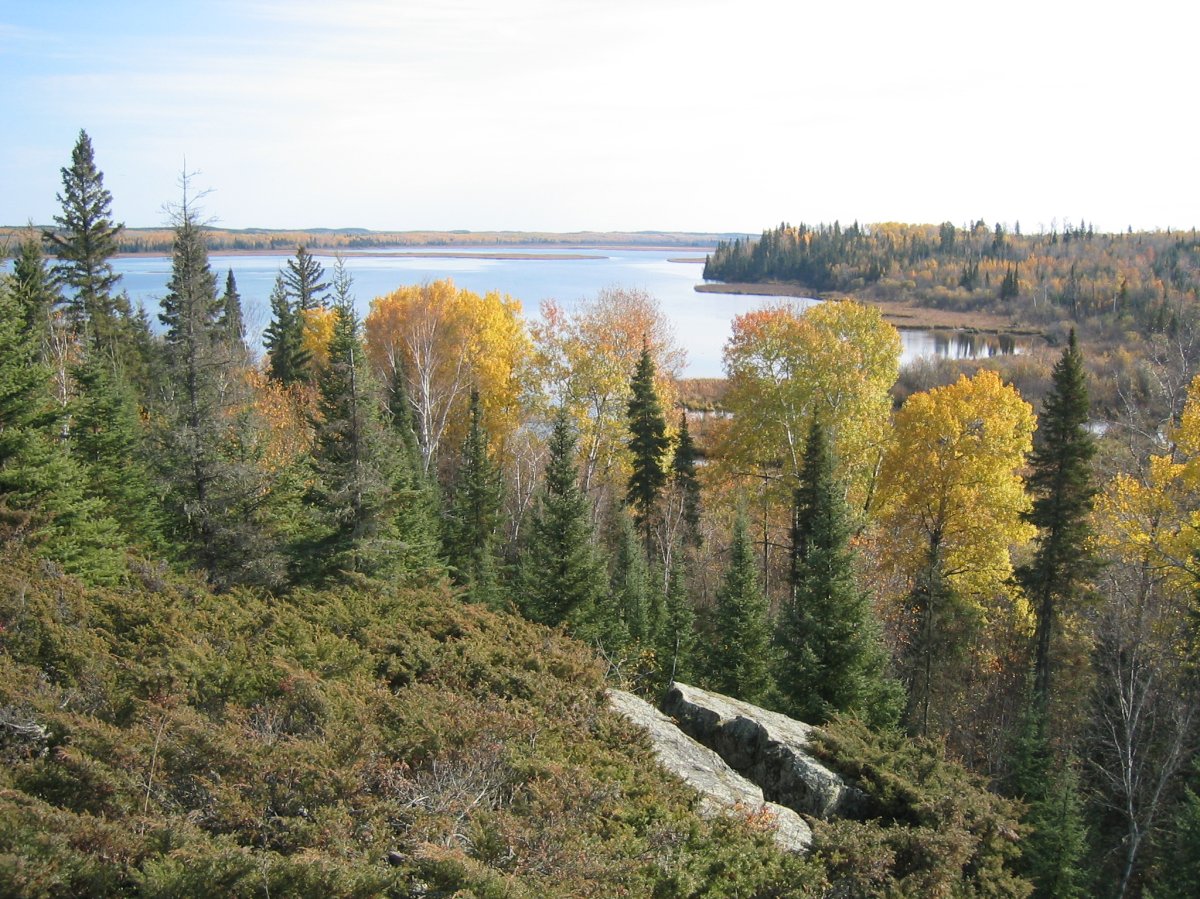WINNIPEG – More public money may be needed to promote a vast stretch of boreal forest along the Manitoba-Ontario boundary regardless of whether the area receives international recognition from UNESCO.

The two provinces have already spent millions of dollars on seeking to have Pimachiowin Aki declared a UNESCO world heritage site and more money is likely to be needed to build infrastructure in the remote area, the Manitoba government said Monday.
“I think it was (always) contemplated that ongoing funding would likely be needed, just because of the need to better develop the tourism infrastructure in the area, but again, the amounts and the priorities are always subject to the annual budget process,” Manitoba Conservation Minister Gord Mackintosh said.
The two provinces have been working toward the UNESCO designation for almost a decade, along with five area First Nations that want to protect Pimachiowin Aki. Its name is an Ojibwa phrase that translates as “the land that gives life.”
The 33,400-square-kilometre area is touted as the largest intact section of northern boreal forest. Its lack of roads and other infrastructure have kept it relatively unchanged over the centuries.
The Manitoba government has committed $10 million toward a trust fund for the Pimachiowin Aki Corp., a non-profit venture by the two provincial governments and the five First Nations. Manitoba has provided $2.5 million so far. The remainder is to be paid out over the next three years.
Manitoba and Ontario have also given annual operating funding to the corporation. Ontario has provided $150,000 a year and Manitoba’s amount has varied, but totals $4.5 million over the last decade.
- Honda expected to announce Ontario EV battery plant, part of a $15B investment
- Trudeau says ‘good luck’ to Saskatchewan premier in carbon price spat
- Canadians more likely to eat food past best-before date. What are the risks?
- Hundreds mourn 16-year-old Halifax homicide victim: ‘The youth are feeling it’
The protection bid has hit a hurdle. It was put on the agenda for next month’s annual meeting of the UNESCO world heritage committee. But two of the committee’s advisory groups said last week they need more time and information before deciding whether the area should be deemed a world heritage site.
Among their concerns is whether the region is truly unique, because there are other large areas of pristine boreal forest and other areas with a similar aboriginal and land-use history.
The decision means UNESCO officials are likely to make a return visit to the areas later this year before deciding whether to recommend the world heritage designation.
After a decision is made, the Pimachiowin Aki Corp. will continue to operate, the government said, but will shift its focus to developing tourism.
“The (corporation), for the last five or six years, has been exclusively focused on obtaining the nomination,” said Bruce Bremner, assistant deputy minister of conservation.
“Once this next year goes by, we are going to be in a transition period … so that means we have to do some business planning, we have to do some tourism opportunity evaluations and we have to move to the next step.”
The aim is to eventually have enough private donations to the trust fund to make the corporation self-sustaining without annual government funding, but fundraising is in the early stages.
“Some have been made … but we see that more intensively happening either after the site is inscribed by UNESCO or there is an alternate plan that is concluded with the stakeholders,” Mackintosh said.
He would not reveal that alternate plan.
The governments have been pushing for a UNESCO designation because they believe it would help protect the region’s ecosystem and promote tourism.
However, a study done for the Pimachiowin Aki Corp. estimated that it might attract fewer than 1,000 tourists a year, largely because of its remoteness.
”Projections should be conservative in estimating revenues from tourism,” said the study prepared by Marr Consulting Services.
“Expectations must be managed to recognize that tourism will not likely generate either large numbers of visitors or large revenue for communities.”
UNESCO currently recognizes more than 900 places around the globe as world heritage sites.



Comments